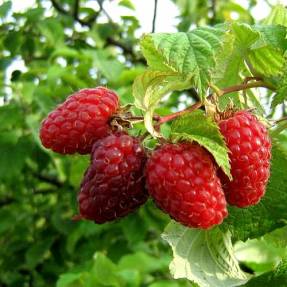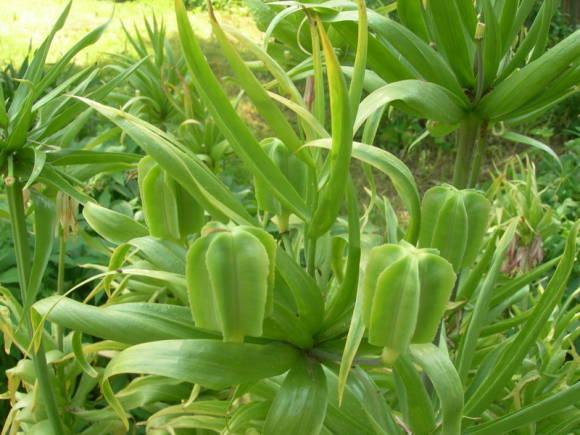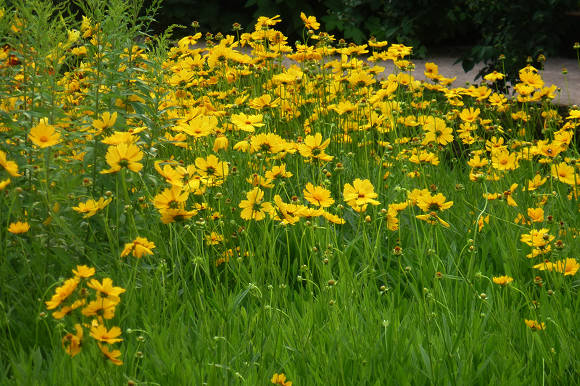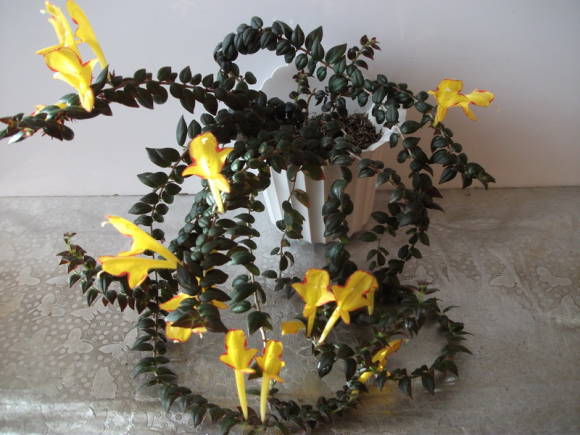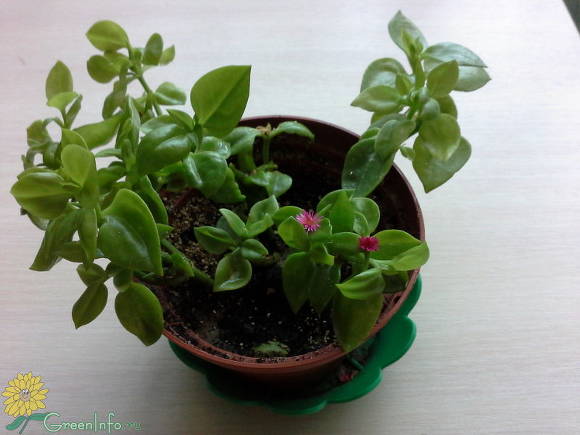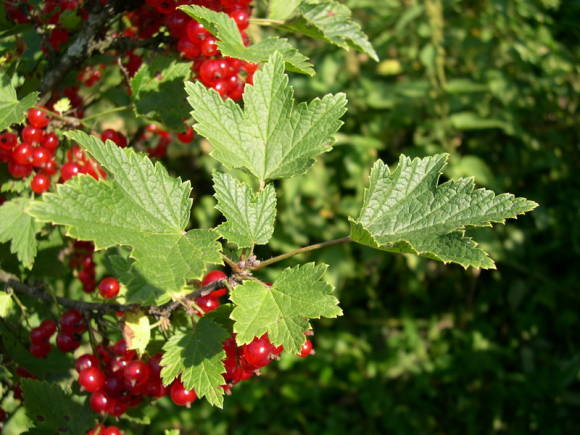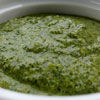
Spheroteka, or powdery mildew, - the most dangerous fungal disease that occurs in almost every garden plot.
It affects especially gooseberries, to a lesser extent - black currants and relatively rarely - red currants. In addition to the leaves and shoots, the berries of the gooseberry are very strongly affected.
The mushroom hibernates on the affected parts of the gooseberry. In the spring, the spores of the fungus are thrown out of the bags, are easily carried by the wind and, once on the plants, germinate. The disease manifests itself in the spring after flowering. High air humidity (85–100%) and temperature + 20… + 30 ° С are especially favorable for its rapid spread. In such weather, already at the beginning of June, the tops of the shoots of European varieties are covered with a mealy bloom, as if they were sprinkled with flour. Hybrid gooseberry varieties are more resistant to this disease, albeit to varying degrees. In dry and hot summers, the disease hardly manifests itself.
In the initial phase of the development of the disease, the accumulation of spores on the tops of the shoots or on the berries outwardly resembles a mealy bloom. This plaque gradually turns into a brown felt-like stain with black dots.
At the same time, the berries develop poorly, crack, dry out, crumble, and the leaves curl and dry out. The tops of the shoots are bent and die. The disease reaches its maximum development in July - early August. Severely affected plants may die within a few years. The infection persists on diseased plant fragments. And next spring, a new batch of spores affects the young parts of the plant.
Strong-growing young plants are especially strongly affected by powdery mildew. The disease is aggravated if too much nitrogen fertilization is applied.
It is necessary to fight the spheroteca throughout the year. For now, let's see what needs to be done to reduce the harm caused by this disease.
First of all, it is necessary to grow gooseberry varieties that are relatively resistant to powdery mildew. Their selection in nurseries is currently quite large.
Therefore, buy seedlings only in large nurseries and specialized markets that have quality certificates and phytosanitary control acts. There they will explain to you which of the commercially available varieties are resistant to spheroteca.
In early spring and autumn, it is necessary to cut out the diseased parts of the gooseberry branches with a small piece of healthy tissue and immediately burn them. Systematically collect and destroy diseased leaves and berries.
A great effect is given by pouring boiling water from a watering can of gooseberry bushes in early spring before the buds swell, spending 10 liters per adult bush, while simultaneously watering the soil under the bush with boiling water. But I repeat, this must be done before the buds of the plants swell. One watering can of boiling water is enough for a large fruiting bush. This must be done carefully so that boiling water moistens each branch from top to bottom.
But the most important feature of this spraying is that the bush must be processed in one go. If boiling water does not hit all the branches, then re-spraying cannot be done. The fact is that boiling water, when it cools, gives off heat to the branches, therefore, when re-spraying a bush already warmed with boiling water, severe burns of shoots and buds are possible. For the convenience of this procedure, before spraying, the branches of the bush must be slightly pulled with twine.
At the first signs of the disease, it is necessary to spray the gooseberries with a solution of soda ash and soap (50 g of soda and soap per 10 liters of water) before flowering, immediately after flowering and two more times at intervals of 7-8 days, or an infusion of wood ash. Moreover, it is advisable to carry out the first two of these sprays for prophylaxis, even if there are no signs of plant disease with a spheroteka.
Spraying the bushes with hot water at a temperature of + 45 ... + 50 ° С also helps a lot.With a short exposure to such temperature on shoots and berries, they are not damaged, and the mycelium dies.
An ancient folk remedy - infusion of mullein or rotted hay - gives a wonderful and lasting result. To prepare it, a third of a bucket of mullein is poured with water and insisted for three days. Then the solution is filtered, diluted with water in a ratio of 1: 3 and used on the day of preparation. With an interval of 7 days, the treatment is repeated three more times. In order to prevent the disease, the first spraying is done immediately after the flowering of the bushes, when there are still no signs of the disease.
If there is no mullein, then take 1 liter of whey, skimmed milk or buttermilk, add 5 liters of water and spray the bushes. The mycelium of the spheroteka fungus dies, because the serum solution forms an oil film that prevents the mycelium from breathing. Processing is carried out at least three times every 3 days in dry weather.
An excellent result is obtained by spraying adult and young gooseberry bushes before flowering, as well as after flowering with the most modern preparation "Topaz". The third treatment of the bushes with "Topaz" can be done after picking the berries.
The use of other plant protection products against this disease ("Barrier", "Vectra", "Zircon", "Zaslon", "Skor", "Fundazol", "Green Soap", "Immunocytofit", "Fitosporin", etc.) is also effective. etc.).
Well, if you nevertheless find the tops affected by the spheroteca on the plants, then they must be immediately cut off and destroyed mercilessly.
"Ural gardener", No. 3, 2019
